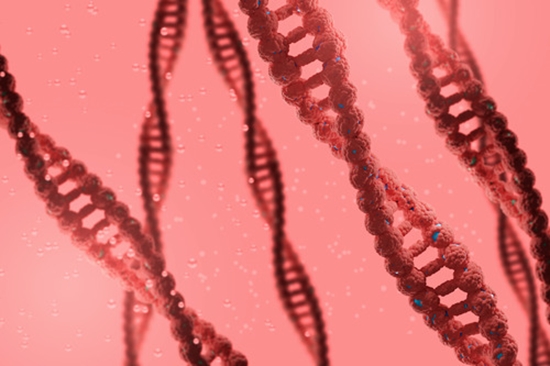Neural Differentiation of Wisdom Tooth Follicle Stem Cells on a Nano-Hydrogel Scaffold Containing Salvia Chloroleucat to Treat Nerve injury in the Cancer of Nervous System

Abstract
The human third molar’s follicle is one of the sources of stem cells with high differentiation capacities which can be used in nervous system cancer treatment particularly in nerve damge. The purpose of this research was to identify the effects of the aqueous extract of Salvia chloroleuca on the differentiation of the human dental follicle-derived mesenchymal stem cells to neural cells for treti. In this experimental study, the method of culture of digested tissue fragments was used to isolate stem cells from three samples of the extracted wisdom teeth follicles. The nano-hyaluronic acid scaffold has been synthesized by the sol-gel method as a porous composite and the S. chloroleuca extract has been loaded into it. The scaffold was analyzed in terms of mechanical properties, drug release and toxicity. Afterwards, the cells were seeded onto the scaffold using the immersion method. After 21 days, cell differentiation was investigated by morphological confirmation methods and confirming the expression of β-tubulin and MAP2 genes at mRNA and protein levels. Morphological assessment revealed neural differentiation in the cells of the groups of nano-hyaluronic acid scaffold with S. chloroleuca extract and nano-hyaluronic acid scaffold with S. chloroleuca extract + 10% retinoic acid. Furthermore, the expression of MAP2 and β-tubulin in these groups was confirmed by RT-PCR, real time PCR and western blot assays. The results of this research showed that the follicle of the third molar contains stem cells with a high capacity for differentiation. Moreover, the extract of S. chloroleuca, could lead to induction of neural differentiation in stem cells. Key Words: Stem cell, follicle, wisdom tooth- S. chloroleuca, neural differentiation




ارسال به دوستان